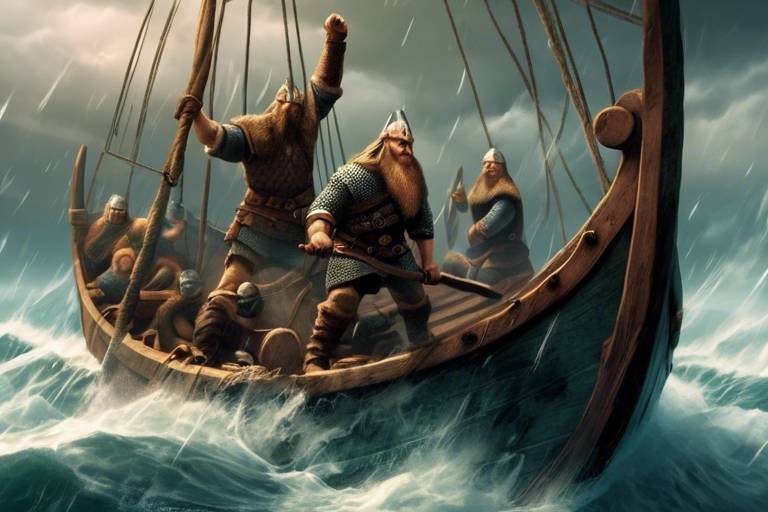The Role of Public Opinion in Historical Events
Public opinion has always played a pivotal role in shaping the course of historical events, acting as a driving force behind significant changes and movements throughout time. The collective voice of the people has the power to spark revolutions, influence policies, and ultimately determine the outcomes of key moments in history.
During the American Revolution, public sentiment was a powerful catalyst that fueled the colonists' desire for independence from British rule. The fervor and determination of the masses to break free from oppressive governance significantly influenced the trajectory of the revolution, leading to the birth of a new nation.
Similarly, in World War II, public opinion played a crucial role in the involvement of nations in the conflict. Governments utilized propaganda campaigns to sway public sentiment in favor of war efforts, while resistance movements emerged to oppose oppressive regimes and occupation forces, showcasing the impact of public dissent on historical events.
Propaganda campaigns during World War II were instrumental in shaping public perception and garnering support for wartime initiatives. Governments utilized various mediums to disseminate information and manipulate public opinion, highlighting the power of propaganda in influencing the masses.
Resistance movements, on the other hand, demonstrated the strength of public dissent in challenging oppressive forces and advocating for change. Through acts of defiance and organized resistance, individuals mobilized against tyranny, showcasing the resilience and determination of the public in shaping the outcomes of historical conflicts.
The Civil Rights Movement in the United States exemplified the profound impact of public opinion on social change. Through marches, protests, and advocacy efforts, the public united in the fight for racial equality and justice, highlighting the collective power of individuals in driving transformative movements.
The fall of the Berlin Wall stands as a testament to the influence of public opinion and grassroots movements in historical events. Peaceful demonstrations and public outcry played a pivotal role in dismantling the barrier dividing East and West Germany, symbolizing the triumph of unity and collective will in overcoming political divides.
Throughout history, public opinion has served as a catalyst for change, driving revolutions, shaping policies, and influencing the outcomes of significant historical events. The collective voice of the people has the power to spark movements, challenge oppressive systems, and pave the way for a brighter future.
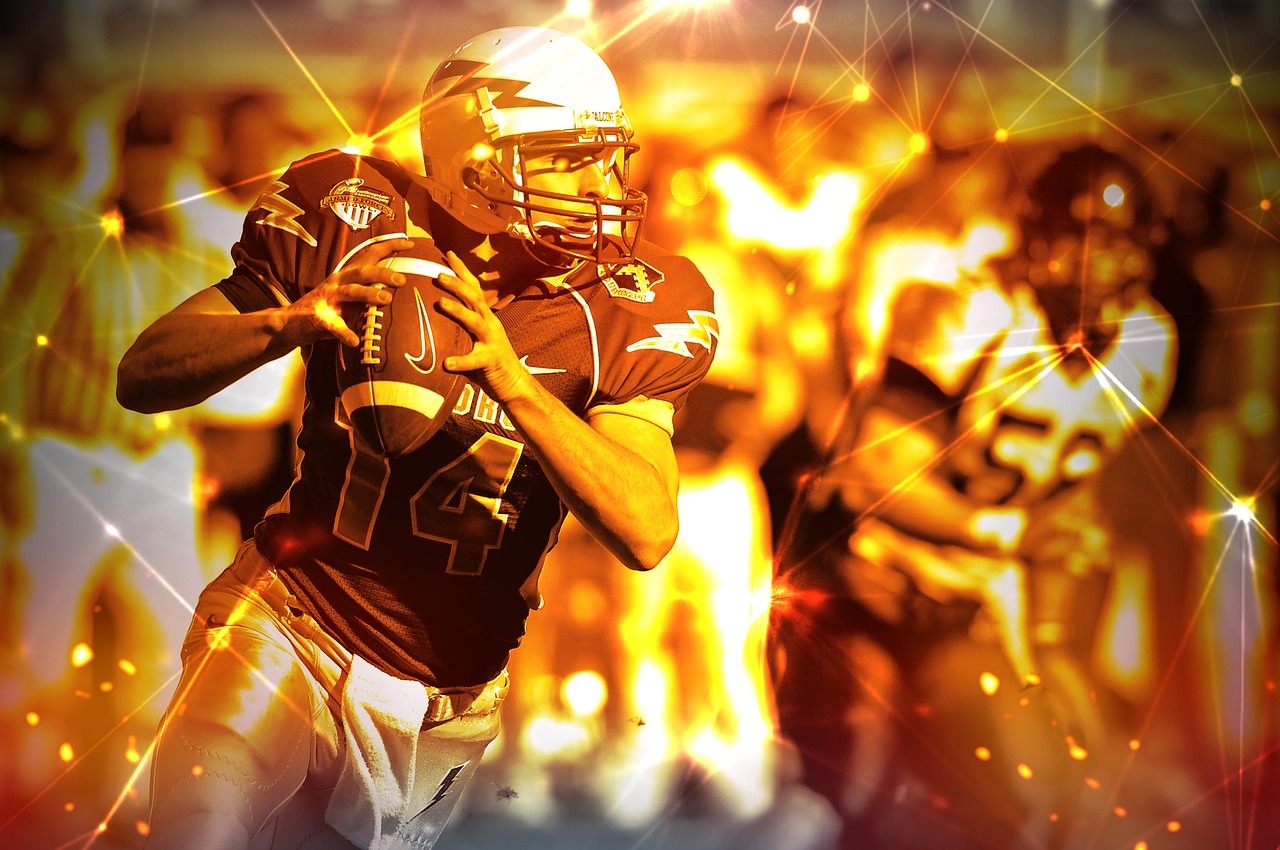
The American Revolution
The American Revolution was a pivotal moment in history, marked by a fervent desire for independence and a resounding call for freedom. The colonies, tired of British oppression and taxation without representation, found a unified voice in the face of tyranny. Public opinion played a crucial role in fueling the revolutionary spirit, as ordinary citizens rallied behind the cause of liberty.
Through town hall meetings, pamphlets, and public speeches, the colonists galvanized support for the revolution, igniting a fire that would ultimately lead to the birth of a new nation. The power of public sentiment was evident in the Declaration of Independence, a document that encapsulated the will of the people to break free from British rule and forge their own destiny.
As the war raged on, public opinion continued to shape the course of the conflict. Recruitment drives and fundraising efforts were bolstered by the overwhelming support of the populace, highlighting the unity and determination of the American people in their quest for independence.
Moreover, propaganda played a significant role in swaying public opinion and garnering support for the revolutionary cause. Political cartoons and newspaper articles served as powerful tools in rallying the masses and solidifying the resolve of the revolutionaries.
In essence, the American Revolution stands as a testament to the power of public opinion in shaping history, demonstrating how a united front of determined individuals can defy the odds and create a legacy that reverberates through the ages.
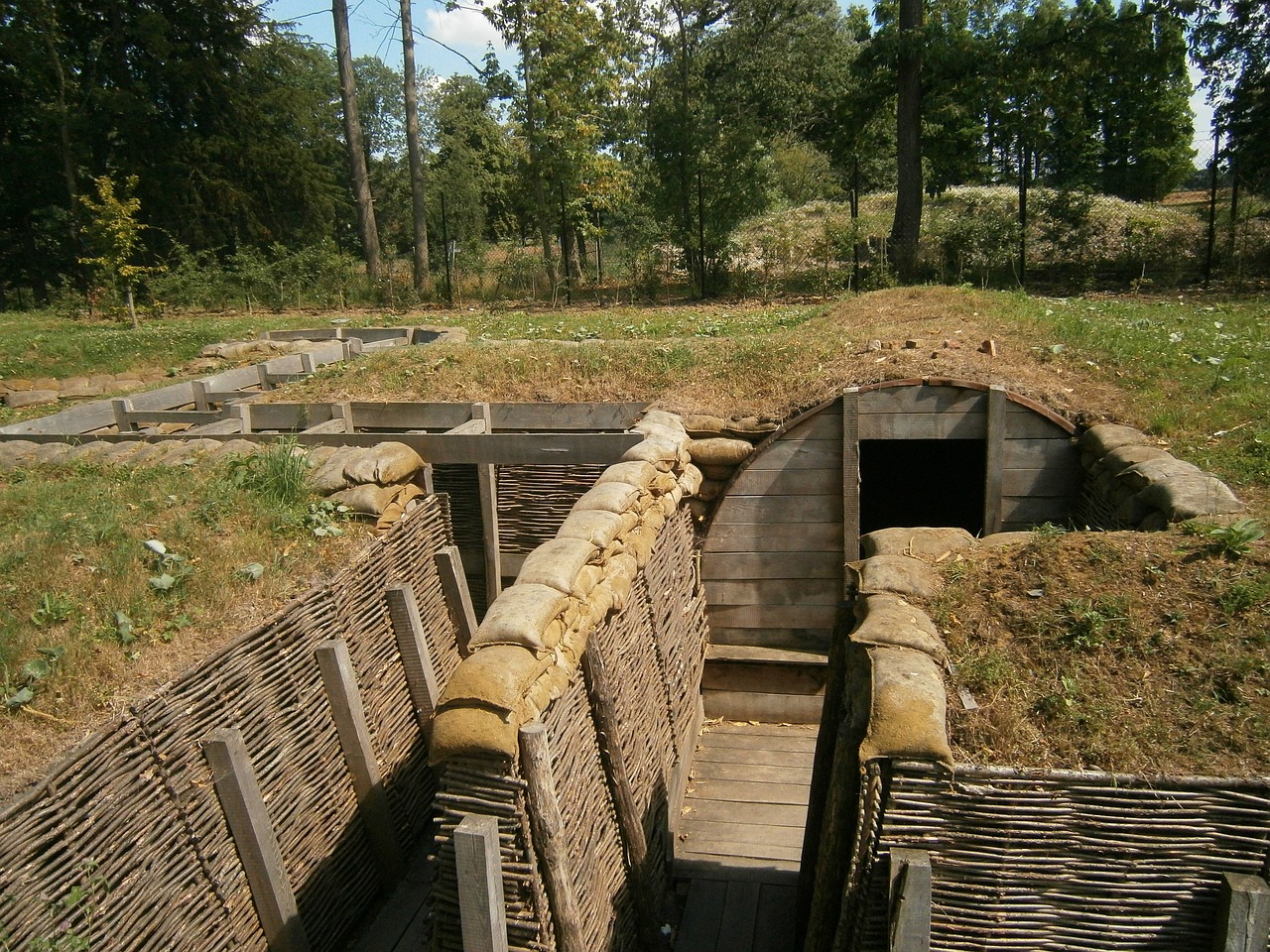
World War II
World War II, one of the most devastating conflicts in human history, was profoundly influenced by public sentiment. The outbreak of this global war was fueled by a complex web of political tensions, economic struggles, and territorial ambitions. However, it was the power of public opinion that ultimately determined the involvement of nations in the conflict. As governments mobilized their populations for war, propaganda campaigns played a pivotal role in shaping public perception and garnering support for military efforts.
Through propaganda, governments sought to manipulate public sentiment, often portraying the enemy in a negative light while glorifying their own cause. These campaigns aimed to evoke strong emotions, rally citizens behind the war effort, and justify the sacrifices demanded by the conflict. The use of mass media channels such as radio, newspapers, and posters allowed for the widespread dissemination of propaganda messages, shaping public attitudes and beliefs.
Despite the pervasive influence of propaganda, not all citizens were swayed by government messaging. Resistance movements emerged in various countries, challenging the official narratives and advocating for peace or opposition to oppressive regimes. These movements, often led by courageous individuals who risked their lives to defy authority, represented a powerful expression of public dissent and a refusal to conform to wartime propaganda.
Moreover, the impact of public sentiment extended beyond the battlefield. In countries under occupation, civilian populations faced difficult choices and moral dilemmas as they navigated life under foreign rule. Acts of resistance and defiance served as a testament to the enduring spirit of individuals who refused to surrender their freedom and autonomy.
As the war raged on, the collective will of the people continued to shape the course of history, influencing decisions made by leaders and the outcomes of key battles. The complexities of World War II underscore the profound impact of public opinion on the trajectory of global events and the enduring legacy of those who dared to challenge prevailing narratives.

Propaganda Campaigns
Propaganda campaigns have been a powerful tool throughout history, shaping public opinion and influencing the outcomes of significant events. Governments and organizations have utilized propaganda to sway the masses towards particular ideologies or actions, often blurring the lines between truth and manipulation. These campaigns are designed to evoke emotional responses, create a sense of unity, and demonize the perceived enemy. By controlling the narrative and disseminating information strategically, propagandists aim to rally support for their cause and undermine opposition.
During World War II, propaganda played a central role in mobilizing populations and justifying military actions. Both the Axis and Allied powers employed sophisticated propaganda techniques to portray themselves in a positive light and vilify their adversaries. Posters, radio broadcasts, films, and newspapers were used to spread propaganda messages, instill fear, and boost morale among civilians and soldiers. These campaigns often depicted the enemy as inhumane, barbaric, and a threat to civilization, fostering a deep-seated animosity towards the opposing side.
Propaganda not only served as a tool for psychological warfare but also as a means of garnering support for war efforts and promoting nationalistic fervor. By tapping into people's emotions, prejudices, and fears, propagandists were able to shape public perception, rally the population behind the war effort, and justify sacrifices made on the home front. The manipulation of information, censorship of dissenting voices, and dissemination of misleading or false narratives were all common tactics used to maintain control over public opinion and suppress opposition.
However, despite the pervasive influence of propaganda, there were instances of resistance and skepticism among the public. Some individuals and groups were able to see through the propaganda veil, question the official narratives, and resist the indoctrination attempts. Underground newspapers, clandestine radio broadcasts, and acts of civil disobedience served as channels for dissent and counter-propaganda, offering alternative perspectives and challenging the dominant propaganda discourse.

Resistance Movements
Resistance movements have been a powerful force throughout history, standing as a testament to the unwavering determination of individuals to fight against oppression and injustice. These movements often emerge in response to authoritarian regimes or occupation forces, fueled by a deep-seated desire for freedom and autonomy.
One notable example of a resistance movement during World War II is the French Resistance, which bravely opposed the German occupation of France. Through acts of sabotage, espionage, and underground networks, members of the resistance sought to undermine the Nazi regime and support the Allied forces. Their courageous efforts not only disrupted enemy operations but also provided vital intelligence to the Allies.
Similarly, in the context of the Civil Rights Movement in the United States, resistance took the form of nonviolent protests and acts of civil disobedience. Figures like Martin Luther King Jr. and Rosa Parks became iconic symbols of resistance, challenging segregation laws and advocating for equal rights for African Americans. Their peaceful yet powerful demonstrations captured the attention of the nation and ultimately led to significant legislative changes.
Resistance movements are not only about defiance but also about resilience and solidarity. They embody the collective will of a community to stand up against injustice and fight for a better future. By uniting individuals under a common cause, these movements have the potential to spark widespread social change and inspire generations to come.
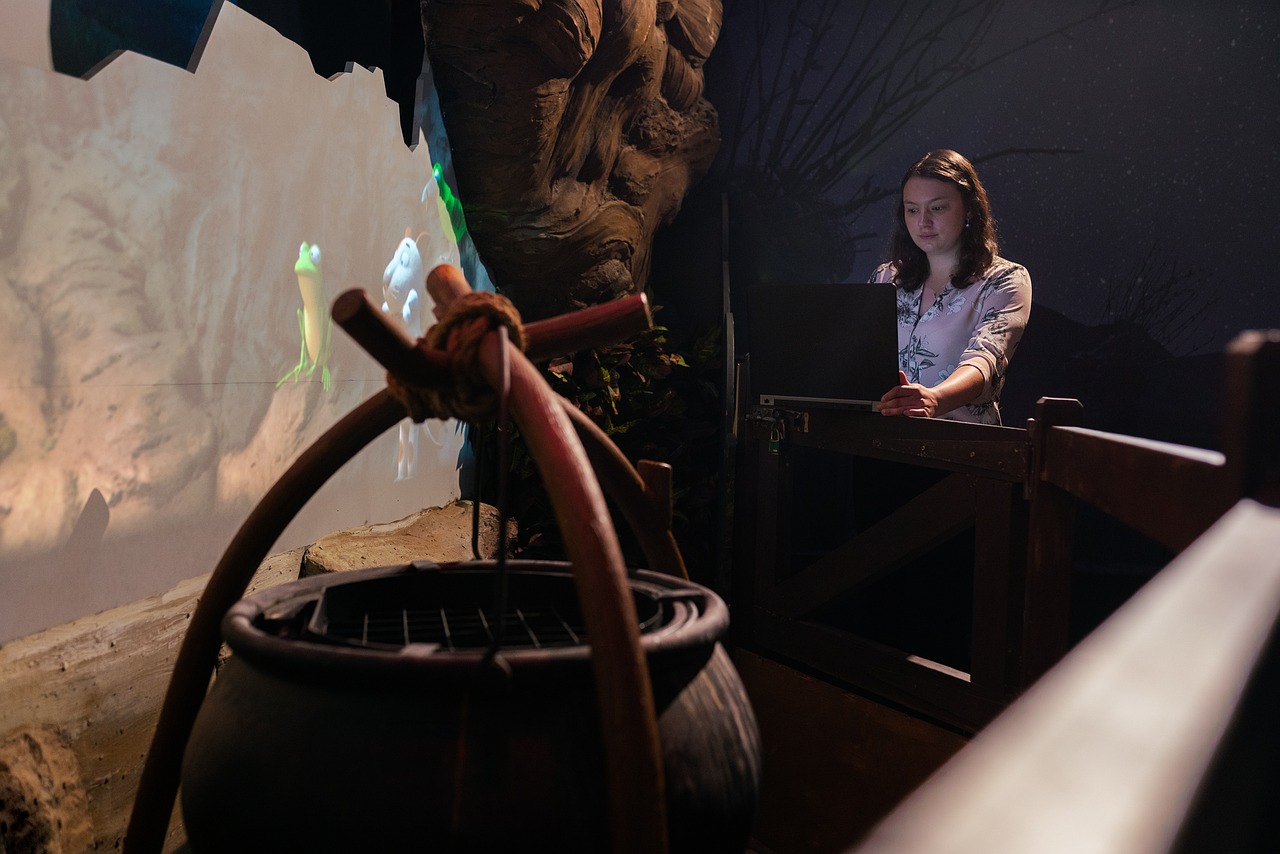
The Civil Rights Movement
The Civil Rights Movement was a pivotal period in American history, marked by a fervent push for racial equality and social justice. It was a time when the collective voice of the public rose against discrimination and segregation, demanding change and reform. Led by influential figures such as Martin Luther King Jr., Rosa Parks, and Malcolm X, the movement gained momentum through various forms of activism, including marches, protests, and boycotts.
One of the most iconic events of the Civil Rights Movement was the March on Washington for Jobs and Freedom in 1963, where Martin Luther King Jr. delivered his famous "I Have a Dream" speech, inspiring millions with his vision of a more inclusive and just society. The power of public opinion was evident in the massive turnout for the march, sending a strong message to the government and the wider society about the urgency of addressing racial inequality.
Public opinion played a crucial role in pressuring lawmakers to enact significant civil rights legislation, such as the Civil Rights Act of 1964 and the Voting Rights Act of 1965. These laws aimed to dismantle institutionalized racism and ensure equal rights for all citizens, regardless of race or color. The support and activism of the public were instrumental in driving these legislative changes and bringing about tangible progress in the fight for civil rights.
Furthermore, the Civil Rights Movement sparked a wave of social and cultural transformation, challenging deep-seated prejudices and reshaping societal norms. Through nonviolent resistance and civil disobedience, activists and ordinary citizens alike stood up against injustice and demanded a more equitable and inclusive society. The movement not only paved the way for legal reforms but also inspired future generations to continue the struggle for equality and justice.

Marches and Protests
Marches and protests have long been powerful tools for social change, serving as visible expressions of public opinion and solidarity. These mass gatherings allow individuals to come together, united by a common cause, and demand action from those in power. During the Civil Rights Movement in the United States, iconic marches like the Selma to Montgomery march in 1965 captured the attention of the nation and the world, shedding light on the injustices faced by African Americans and galvanizing support for legislative change.
Protests serve as a platform for individuals to voice their grievances and push for reform. Whether it is a peaceful sit-in, a massive rally, or a silent demonstration, each protest sends a message to decision-makers and the wider society. The sheer magnitude of a protest can create a sense of urgency and compel authorities to address the underlying issues driving the public outcry.
Moreover, marches and protests have the potential to shift public opinion and sway policymakers. When a diverse group of people takes to the streets in a display of unity, it can challenge prevailing narratives and spark conversations that lead to meaningful change. By drawing attention to social injustices and advocating for equality, marches and protests can catalyze progress and inspire future generations to continue the fight for a more just and equitable society.
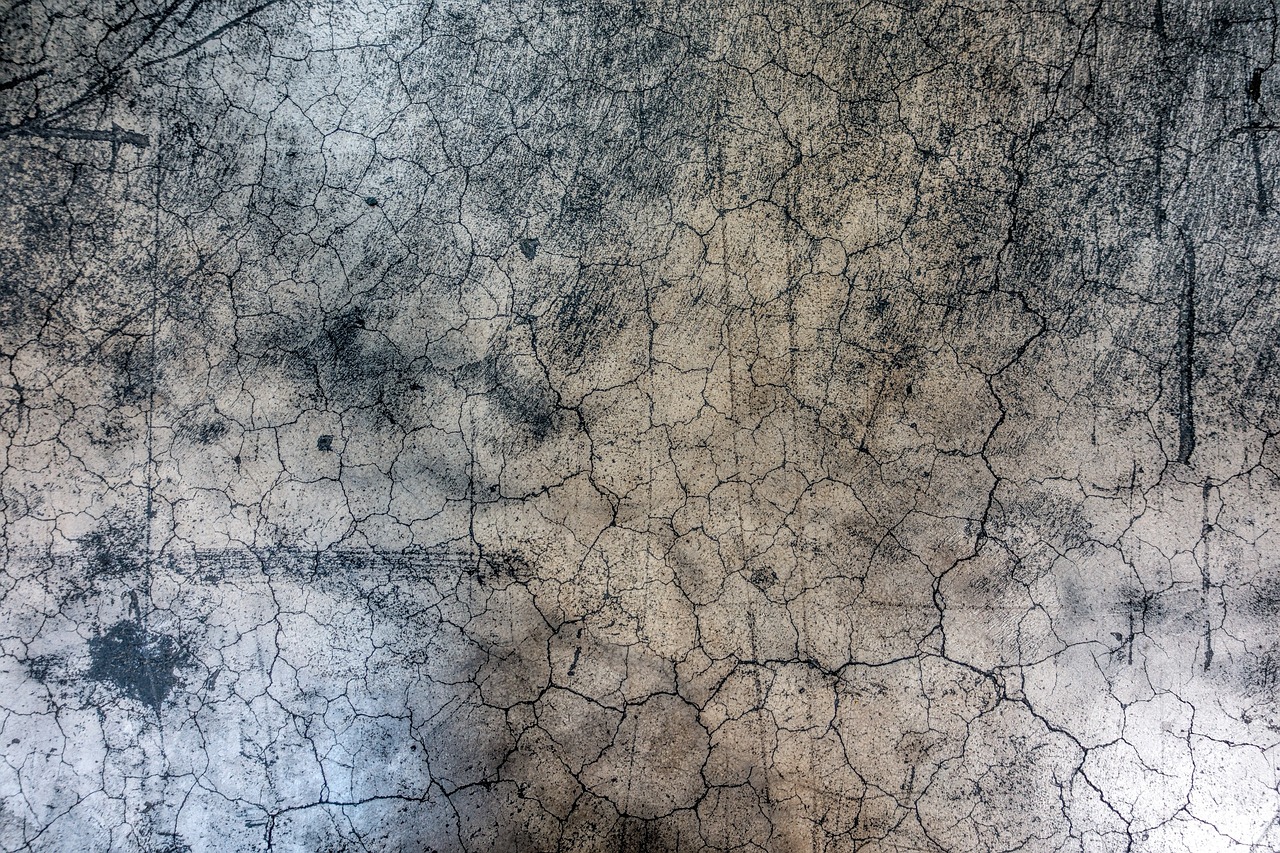
The Fall of the Berlin Wall
The Fall of the Berlin Wall marked a monumental moment in history, symbolizing the end of the Cold War era and the reunification of Germany. The wall, which had stood as a physical and ideological barrier between East and West Berlin for decades, was brought down in 1989 amidst a wave of public sentiment and grassroots movements. The crumbling of this concrete symbol of division was not just a physical act but a reflection of the power of public opinion and the yearning for freedom and unity.
Peaceful demonstrations, led by ordinary citizens and activists, played a pivotal role in pressuring the authorities to dismantle the wall. The courage and determination of the people who took to the streets, demanding change and expressing their desire for reunification, cannot be understated. These demonstrations were not just protests; they were expressions of a collective will that could no longer be ignored.
As public opinion shifted and the calls for reunification grew louder, the East German government found itself increasingly isolated and unable to resist the tide of change. The fall of the Berlin Wall was not a sudden event but the culmination of years of discontent and resistance against the oppressive regime. It was a testament to the power of unity and the belief that a divided nation could once again become whole.

Peaceful Demonstrations
Peaceful demonstrations have long been a powerful tool for sparking change and influencing public opinion. Imagine a sea of people, united in their cause, peacefully marching through the streets, their voices echoing a unified message of hope and demand for justice. These demonstrations serve as a visual representation of the collective will of the people, showcasing their determination and resolve in the face of adversity. The impact of peaceful protests can be profound, as they not only draw attention to pressing issues but also create a sense of solidarity and community among participants.
During the Fall of the Berlin Wall, peaceful demonstrations played a crucial role in bringing about the reunification of East and West Germany. Citizens from both sides of the divide came together, holding hands and waving flags, as they peacefully protested against the oppressive barrier that had separated them for decades. The peaceful nature of these demonstrations sent a powerful message to the world, highlighting the desire for unity and freedom among the German people.
Peaceful demonstrations are not only a means of expressing dissent but also a way to inspire change through nonviolent means. By gathering in public spaces and voicing their concerns peacefully, individuals can draw attention to social injustices, advocate for policy reforms, and demand accountability from those in power. These demonstrations serve as a reminder that the voice of the people is a force to be reckoned with, capable of shaping the course of history and bringing about positive transformation.
Frequently Asked Questions
- What is the significance of public opinion in historical events?
Public opinion has played a crucial role in shaping historical events by influencing decisions, policies, and outcomes. It has the power to mobilize movements, challenge authority, and drive societal change.
- How did public sentiment impact the American Revolution?
Public sentiment during the American Revolution fueled the desire for independence from British rule. It galvanized the colonists to unite, resist oppression, and fight for their rights, ultimately leading to the birth of a new nation.
- What role did resistance movements play in World War II?
Resistance movements in World War II were pivotal in opposing oppressive regimes and occupation forces. They symbolized the power of ordinary people to stand up against tyranny and fight for freedom and justice.
- How did public opinion contribute to the Civil Rights Movement?
Public opinion was instrumental in the Civil Rights Movement, driving awareness, support, and advocacy for racial equality and social justice. It highlighted the importance of collective action and solidarity in challenging systemic discrimination.
- What was the impact of peaceful demonstrations on the fall of the Berlin Wall?
Peaceful demonstrations and public outcry played a significant role in the fall of the Berlin Wall by showcasing the unity and determination of the people to bring about political change and reunite a divided nation.






